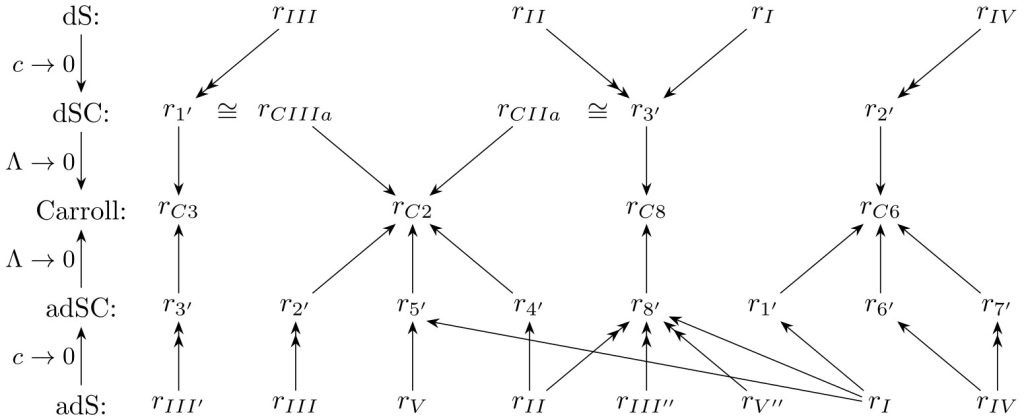
An article by dr Tomasz Trześniewski of the UWr Faculty of Physics and Astronomy in the Journal of High Energy Physics
Space-time symmetries are a key component of fundamental physical theories, such as classical and quantum electrodynamics, or general relativity theory (classical gravitational field theory). The most fundamental of these are described by the Lorentz group (for a non-zero cosmological constant this generalises to the de Sitter or anti-de Sitter group), preserving the value of the speed of light c. On the other hand, if we consider the so-called Galilean limit, in which c goes to infinity, we reduce the theory in question to classical Newtonian physics, where time is absolute.
The opposite possibility is to take the limit of c striving towards zero, known as the Carroll limit, which leads to ultralocal physics, with no causal connection between different points of space. These two extreme cases, which can be collectively called non-Lorentzian, have recently become of active interest to theorists, as they turn out to play an important role in many advanced problems.
Meanwhile, in the context of the search for a theory of quantum gravity, deformations of space-time symmetries are introduced, which is made possible by the formalism of quantum groups. In the paper ‘Quantum symmetries in 2+1 dimensions: Carroll, (a)dS-Carroll, Galilei and (a)dS-Galilei’ by dr Tomasz Trześniewski, published in the Journal of High Energy Physics, a generalisation of the Galilei and Carroll limits (using the quantum contraction procedure and appropriate isomorphisms) to all quantum symmetries that can be defined for a 2+1-dimensional spacetime with zero, positive or negative cosmological constant is made. The three-dimensional case is not only a test arena for work in four, but it is also interesting in its own right because of the properties of the theory of gravity reduced to it, in which quantum symmetries emerge already at the classical level.
The Journal of High Energy Physics is a journal in the first quartile (Q1) of physics journals according to the Journal Citation Reports database (Impact Factor: 5.4).




